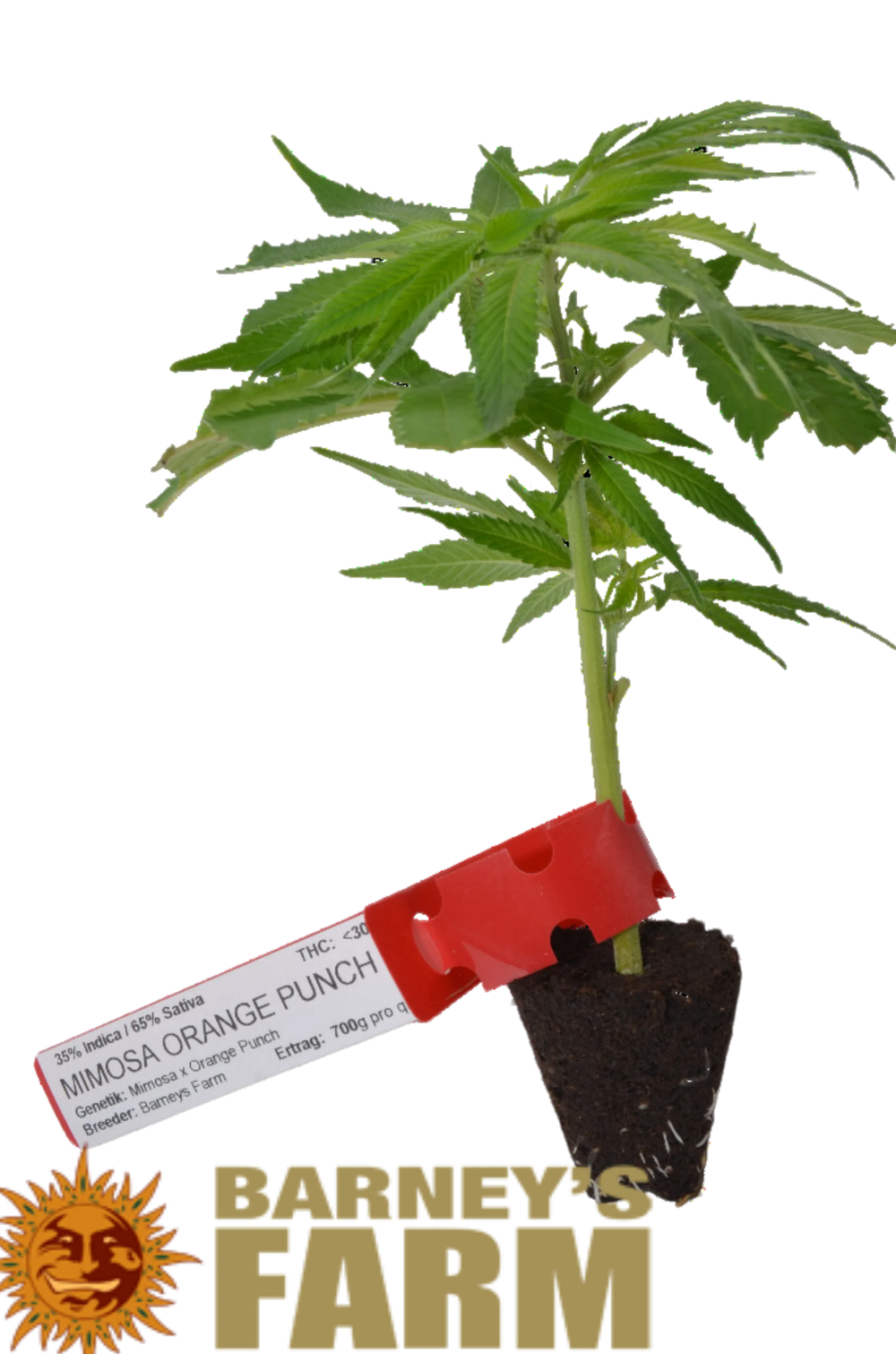Marijuana Side Effects: What You Should Know
The consumption of marijuana can cause a wide range of effects. While the relaxing or euphoric effects are often desired, unwanted side effects may also occur. These can affect both the body and the mind, and vary depending on the individual, dosage, and frequency of use. In this article, you will learn which side effects may occur, how they manifest, and which factors play a role.
Cannabis side effects: Overview of the most common effects
Cannabis affects the central nervous system and can cause both pleasant and unwanted effects. The most common side effects include:
- Fatigue and drowsiness: Many users feel more relaxed or even sleepy after consumption.
- Rapid heartbeat or increased pulse: Especially among inexperienced users, the heart rate can increase, which is often perceived as unpleasant.
- Increased appetite (“munchies”): Cannabis stimulates appetite, which can lead to intense cravings for food.
- Dry mouth (“cottonmouth”): An uncomfortable sensation caused by reduced saliva production.
- Red eyes: A typical side effect caused by the dilation of blood vessels.
The intensity of these effects depends greatly on the amount consumed, the THC concentration, and the individual response of the body. Some people barely notice these side effects, while others may experience them quite strongly.
Side effects of marijuana: Short- and long-term consequences
The consumption of marijuana can cause both short-term and long-term side effects. While some effects last only a few hours, others can have longer-lasting impacts on the body and mind, especially with regular or high-dose use.
Short-term side effects
Immediately after use, symptoms often include:
- Dizziness: Some users may feel lightheaded due to its effects on circulation.
- Impaired reaction time: THC affects both motor and cognitive response abilities, which can be dangerous, for example, when driving.
- Confusion or disorientation: These effects can occur, especially in inexperienced users or with high doses.
Long-term consequences
With regular use, the risk increases for:
- Memory problems: THC can impair the processing and storage of information, particularly in long-term memory.
- Reduced ability to concentrate: Long-term use can decrease the ability to focus on a task for extended periods.
- Psychological dependence: Although cannabis is often considered less addictive, regular use can lead to psychological habituation.
Long-term effects are usually observed with intensive use. Those who consume occasionally and in moderation have a lower risk of developing such effects.
Side effects of marijuana on the psyche
Marijuana acts directly on the central nervous system and can significantly affect the psyche. The psychological side effects vary depending on the individual, THC content, and amount consumed. The most common effects include:
- Anxiety or paranoia: Especially at high THC doses or in stressful situations, cannabis can trigger intense restlessness, anxiety, or feelings of persecution.
- Mood swings: The effects of THC can shift feelings of euphoria to irritability or sadness.
- Hallucinations or psychosis: In rare cases, particularly at high doses or in people predisposed to mental illness, visual or auditory hallucinations may occur. In extreme cases, temporary psychosis can develop.

Who is particularly at risk?
- People with a family history of mental health disorders (e.g., schizophrenia).
- Users with a low tolerance level or little experience.
- Individuals who consume very high-dose or highly THC-rich products.
It is important to pay attention to your body and mind and adjust your use if you experience psychological side effects.
Marijuana withdrawal side effects: What happens when you quit?
For regular users, suddenly stopping marijuana use can lead to withdrawal symptoms. While these are usually less severe than with other substances such as alcohol or nicotine, they can still be uncomfortable for those affected.
Typical Symptoms of Cannabis Withdrawal
- Sleep disturbances: Many users report difficulty falling asleep or restless sleep, often accompanied by vivid dreams.
- Irritability: Mood swings and increased irritability are common, especially in the first few days.
- Strong craving for cannabis: Also known as “craving,” this manifests as a strong urge to use again.
- Loss of appetite: The sudden absence of cannabis’s appetite-stimulating effects can lead to reduced hunger.
- Inner restlessness: Feelings of restlessness or nervousness are also common.
How Long Do Withdrawal Symptoms Last?
Symptoms typically peak after one to three days and subside completely within one to two weeks. The duration depends on factors such as frequency of use and individual metabolic rate.
Tips for Managing Withdrawal
- Regular exercise: Physical activity can help alleviate sleep problems and inner restlessness.
- Hydration and a balanced diet: These support the body’s detoxification process.
- Distraction: Activities such as reading, hobbies, or social interactions can help reduce cravings for cannabis.
- Professional support: If withdrawal symptoms are severe or quitting is difficult, it can be helpful to seek support from therapists or counseling centers.
Cannabis withdrawal is usually manageable if you prepare for the symptoms and give yourself enough time and support.











